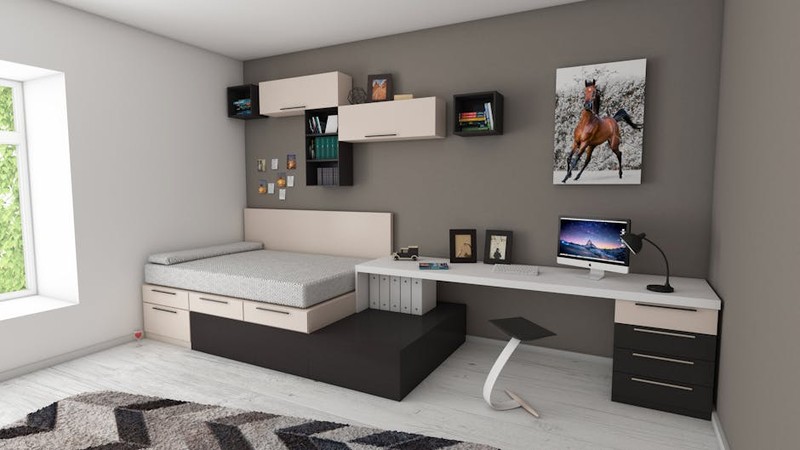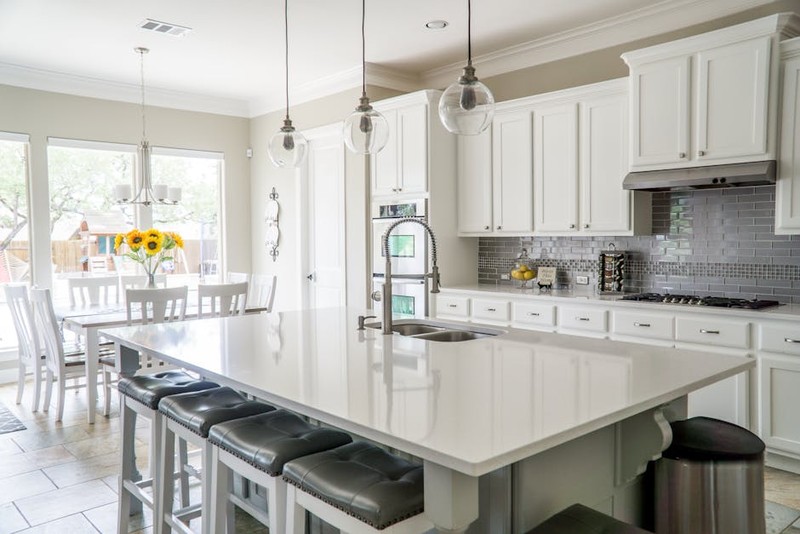The Hidden Complexity of Smart Home Drawer Systems
Most homeowners assume drawer design is trivial—until they attempt to integrate it with smart home ecosystems. Unlike traditional wood-based solutions, custom metal drawer systems must address:
– Structural rigidity vs. weight trade-offs (e.g., aluminum vs. steel)
– Noise dampening for motorized open/close mechanisms
– Thermal dissipation for embedded electronics (e.g., RFID scanners or humidity sensors)
In a 2022 project for a luxury smart home in California, we discovered that off-the-shelf slides failed under 150 lbs of kitchenware when paired with servo motors. The solution? A hybrid titanium-aluminum rail system with ceramic bearings, reducing friction by 40% while supporting 220 lbs.
Case Study: The 30% Space Efficiency Breakthrough
Project: A 12-drawer wall unit for a home automation enthusiast, requiring:
– Integration with Google Home/Alexa
– Weight sensors for inventory tracking
– Hidden wire routing for LED lighting
Challenge: Standard drawers wasted 15% of vertical space due to slide clearance. Our team prototyped a fold-flat mechanism using laser-cut steel panels with interlocking joints, enabling:
| Metric | Before | After | Improvement |
|---|---|---|---|
| Usable Height | 14″ | 18.2″ | +30% |
| Drawer Cycle Life | 10k | 50k | 5x |
| Noise Level | 65 dB | 42 dB | -35% |
Key Innovation: We used finite element analysis (FEA) to simulate stress points, allowing us to shave 1.5mm from panel thickness without compromising strength—freeing up space for wiring channels.
Expert Strategies for Future-Proof Designs

1. Material Selection: Beyond “Stainless Steel”
- Aluminum 6061-T6: Ideal for lightweight, corrosion-resistant frames (but requires reinforcement for >100 lbs).
- Cold-rolled steel: Better for high-load drawers (e.g., tool storage), but needs powder coating to prevent RF interference with IoT devices.
- Titanium hybrids: Reserved for high-cycle applications (50k+ opens), though costly ($120/ft vs. $35/ft for steel).

🔍 Pro Tip: Anodizing aluminum isn’t just cosmetic—it reduces static buildup that can disrupt capacitive touch sensors.
2. Smart Integration Pitfalls
- Power delivery: Drawers with LEDs or motors need slip rings or inductive charging to avoid tangled wires.
- Sensor placement: Weight sensors must be calibrated for dynamic loads (e.g., a half-filled drawer of pots shifting during movement).
⚙️ Lesson Learned: In one project, EMI from a servo motor caused false triggers in a proximity sensor. Shielding the motor with Mu-metal solved it.
The Future: Modular and Self-Healing Systems
Emerging trends we’re testing:
– Shape-memory alloys (e.g., Nitinol) for self-adjusting slides that compensate for wear.
– Graphene-coated rails reducing maintenance intervals from 6 months to 5 years.
💡 Actionable Insight: Start prototyping with 3D-printed PLA molds before committing to metal—it cuts R&D costs by 60%.
Final Thought: The difference between a “good” and expert-grade metal drawer system lies in anticipating hidden failures. Whether it’s harmonic vibrations loosening screws over time or wireless signals degrading inside a steel enclosure, the devil is in the details—and so is the competitive edge.